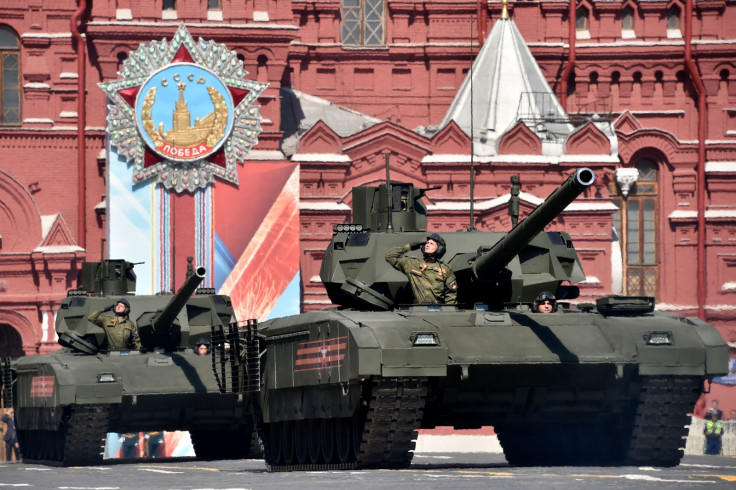Russia claims its new Armata tank is tough enough to run on Mars
The Armata tank is made by Russian manufacturer Renova.

Russia's latest Armata tank, which is made by Russian manufacturer Renova, is set to be deployed by the country's armed forces in 2020, and news outlets claim that it is tough enough to run on Mars.
The T-14 Armata boasts of engine tech that makes use of supercapacitors to store energy required for start-ups and, as a result, it is able to operate at temperatures as low as -58 degrees Fahrenheit, says a report by Kremlin-backed news outlet Sputnik which is titled Magic Starter: Armata Engines Make It Fit For Martian Temperature.
While that seems like a really low temperature, Mars' lows can drop to -197 degrees F. Also, there's the crucial fact regarding the Armata's diesel engine needing adequate oxygen to work on the Red Planet. So, while the claims are obviously hyped up, the tank itself is extremely capable.
Armata is a result of vast sums of money pumped into research and development, according to Popular Mechanics. When it was first announced in 2015, it caused quite a stir thanks to the long list of features that it boasted of and was dubbed "the most revolutionary tank in a generation".
Its features include the first "fully automated, digitised, unmanned turret", according to a Telegraph report that quoted a leaked British Intelligence briefing.
The diesel engine is controlled through a 12-speed automatic transmission and batteries are aided by supercapacitors which can work even through Russian winters, giving it smooth engine starts, says the Sputnik report.
Apart from starting engines immediately, the power systems work much like a start-stop feature that is seen in modern cars, says the report. This keeps many of the on-board electronics powered up even before the engine comes to life.
The Armata is also able to save fuel by switching its engine on and off as required, and also has extended battery life, says the report.
Milkhail Livshits, head of Renova's department of high-technology asset management, said in an interview, "We tested the super-condenser to start the engine of a tank that had spent several days in very cold weather, so its batteries were dead. We still managed to rev it up with the help of a mobile power station built around a super-condenser the size of a briefcase."
The use of supercapacitors, he added, freed up more space inside the tank's battery compartment. This translates to a lighter vehicle and gives the option of carrying additional fuel, notes Sputnik.
Russian armoured technology expert Sergei Suvorov says, "Right now, tank designers are working to make their vehicles as fire-proof a possible. As a result, they are getting rid of the hydraulic system of weapons stabilisation and turret movement. It is unreliable and, in case of a hit, it can cause the turret to blow up."
The space provided by the use of supercapacitors, says the report, allows the Armata to completely get rid of the hydraulics, opting for a magnetic one instead. The main gun and the turret can, as a result, be activated quickly and the fire control systems can be used even without the main engine being on.
American tanks have their hydraulics placed on the outside, behind the turret, added Suvorov, and he claims that they can be easily disabled. According to him, if the hydraulics get damaged, pressure is lost, oil pours into the engine and it shuts off. "As a result, you have a tank being destroyed by a machine gun," Suvorov said.
© Copyright IBTimes 2025. All rights reserved.





















